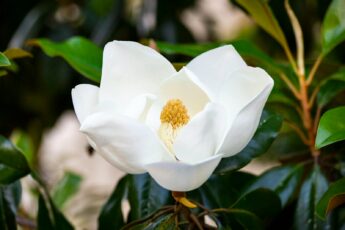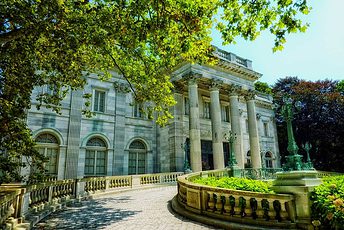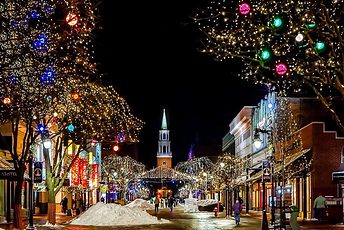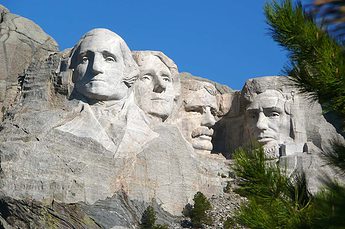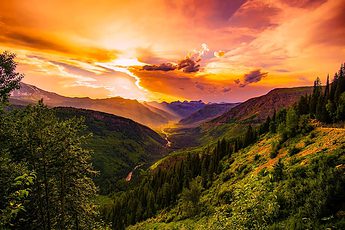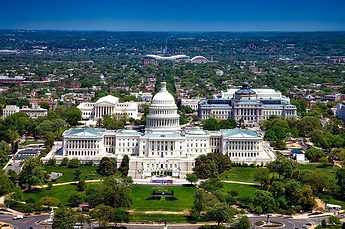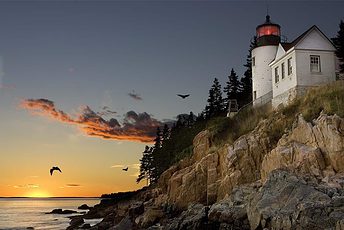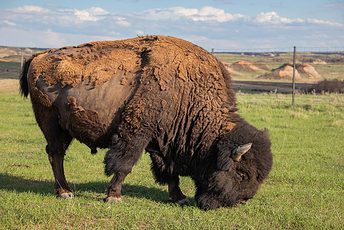Kentucky is the kind of place people think they know - until they go.
It doesn't throw itself at you. But when you're there, even with a free afternoon or a weekend to fill, it has a way of making the time matter.
There's no shortage of things to do in Kentucky, whether you're stepping into a tasting room off a two-lane road or pulling over to watch a mist settle over limestone cliffs.
For people who prefer quiet to chaos, action over spectacle, this state is packed with options. No loud welcome signs are needed - it's already waiting.
What Free Time Looks Like in Kentucky
In Kentucky, free time often starts outdoors and stays there.
People head for lakes like Cumberland and Barren River, both managed by the U.S. Army Corps of Engineers.
Marinas open early by April and stay active through October.
In towns near the Tennessee border, trucks hauling fishing boats or campers are often parked near trailheads.
Horse racing does draw headlines - especially each May in Louisville - but off-track activities run longer.
Walking tours through Keeneland's barns in Lexington happen year-round.
State parks like Natural Bridge and Greenbo Lake draw steady weekend traffic. They have open campgrounds and miles of marked trails.
Seasonal events shift things up. Late summer means county fairs, most with tractor pulls, funnel cakes, and livestock judging.
In fall, roadside produce stands double as gathering points.
The spring calendar leans toward local art fairs and small-town parades.
Most of what people call fun here feels close and repeatable.
That's part of what makes it last. Whether you live nearby or drive in for the weekend, the list of things to do in Kentucky doesn't run out quickly.
10 best places to visit in Kentucky for your next vacation
- Ark Encounter - Life-size Noah's Ark
- Newport Aquarium
- Daniel Boone National Forest
- Mammoth Cave National Park
- Creation Museum
- Fourth Street Live!
- National Corvette Museum
- Cumberland Falls State Resort Park
- Kentucky Horse Park
- Beech Bend
| Activity Type | Location/Region | Best Season | Typical Duration | Notes |
|---|---|---|---|---|
| Bourbon Tours | Central KY (e.g., Loretto, Frankfort, Versailles) | Spring-Fall | 1-2 hours per stop | Over 40 distilleries on the Bourbon Trail, many open Thurs-Sun |
| Horse Farm Visits | Lexington, Paris | Spring | 1-2 hours | Claiborne Farm, Keeneland tours; foaling season peaks Feb-May |
| Cave Exploration | Mammoth Cave National Park | Year-round | 2-4 hours | Longest known cave system; guided tours only |
| Hiking/Climbing | Red River Gorge | Fall | Half-day to full day | Over 100 natural arches; Auxier Ridge, Sky Bridge trails |
| Live Bluegrass | Prestonsburg, Renfro Valley | Year-round | 1-3 hours | Venues include Mountain Arts Center, Renfro Valley Barn Dance |
| Art Fairs | Louisville, Lexington | Late Summer-Fall | 2-4 hours | St. James Court Art Show (Oct), Woodland Art Fair (Aug) |
| Riverfront Parks | Louisville | Spring-Fall | 1-2 hours | 85-acre park system with walking trails and weekend events |
| Town Parades/Fairs | Various counties | Spring-Fall | 2-5 hours | Common around holidays; events include tractor pulls, livestock shows |
| City Trails | Lexington (Town Branch) | Spring-Fall | 1-2 hours | Path connects bourbon history, public art, and stream restoration |
| Factory Tours | Louisville | Year-round | 1 hour | Louisville Slugger bat factory operates daily, open to visitors |
Horse Country Without a Track
In Kentucky, horses fill more space than racetracks suggest.
Claiborne Farm, operating since 1910, sits 15 miles from downtown Paris and still boards stallions that once earned national titles.
Tours are available by appointment and rarely follow a script.
Visitors walk along wooden fences, past training rings, and into barns built before 1950.
Keeneland, west of Lexington, runs live races in April and October, but the facility stays active all year.
Morning workouts are open to the public, and walking tours of the grounds start as early as 8 a.m.
During non-racing months, grooms exercise young horses along the outer paths of the oval, a routine visible from the public lot.
The 2010 World Equestrian Games brought new facilities to the Kentucky Horse Park, which still hosts equine events and daily demonstrations.
But most travelers end up at places that operate as working farms first and attractions second.
Van tours pass through long stretches of paddocks, some with limestone rock walls marking property lines that date to the 1800s.
The time of year shapes what's visible - foaling season peaks in late winter.
By May, pastures fill with mares and new colts. These aren't performances.
They're part of the regular rhythm, and for people making lists of things to do in Kentucky, they offer a clear contrast to busier tourist stops.
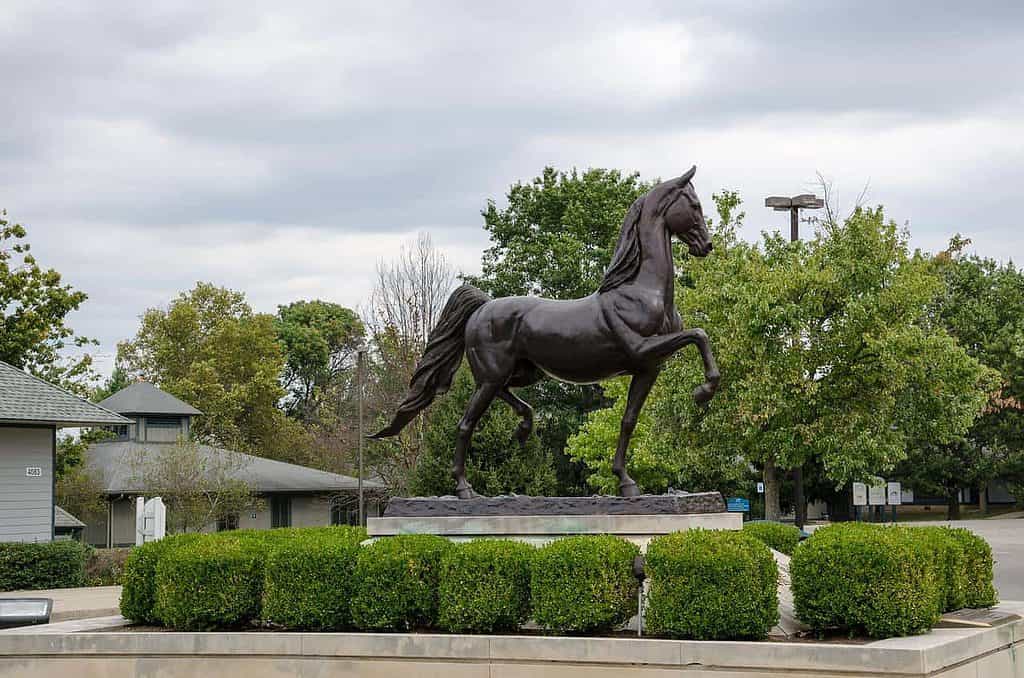
Hiking and Caves - Time Slows Underground and at Elevation
Mammoth Cave sits 90 miles south of Louisville and has more than 400 mapped miles underground.
It's the longest known cave system in the world.
Tours vary from paved, lighted routes like the Frozen Niagara Walk to longer crawls through areas like Wild Cave, which requires knee pads and helmets.
In the eastern part of the state, the Red River Gorge offers over 100 natural arches, with trails that skirt cliff edges and pass through narrow rock passages.
Auxier Ridge gives a broad view after a 2.5-mile uphill hike.
Sky Bridge forms a natural arch that you can walk across - one of the few in the U.S. with that option.
Backcountry permits are free, but rangers advise campers to register at kiosks.
Slade, the nearest town, runs seasonal shuttle routes from April to October to help manage the traffic.
Fall draws the largest crowds. October weekends can bring up to 5,000 visitors to the Gorge area.
Federal crews maintain most trail networks, and signage has improved since a 2015 partnership with local hiking groups.
The range of things to do in Kentucky includes both long, planned backpacking trips and short scenic walks.
These outdoor options have few markers and even fewer fences, which appeal to repeat visitors and those looking for more space than structure.
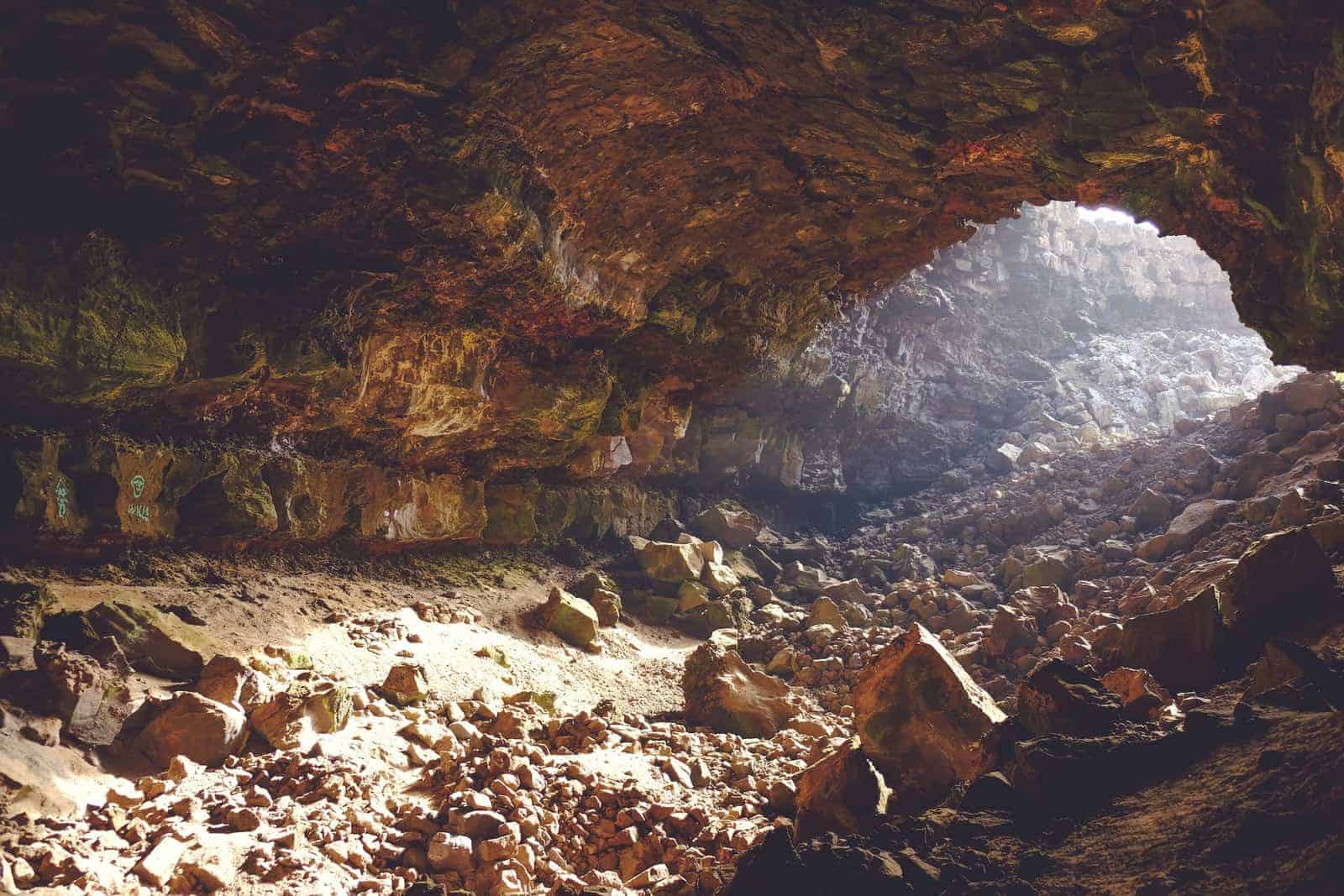
Music Heard Live and Close-Up
Music in Kentucky doesn't often rely on ticket platforms or large venues.
In Prestonsburg, the Mountain Arts Center seats 1,000 but still runs open-mic nights that draw from Floyd and Johnson counties.
The focus stays on acoustic sets - mainly bluegrass and gospel - and full-band shows happen on weekends.
Renfro Valley, established in 1939, still runs live radio-style broadcasts.
It operates out of two adjoining theaters, one historic and one newer. Both have bench seating and visible ceiling beams.
Weekly "Barn Dance" programs follow the same schedule, which has been used since the mid-20th century: Friday rehearsals and Saturday night shows.
Berea, a college town known for craft traditions, hosts informal music gatherings on Sunday mornings.
Fiddles, banjos, and mandolins are the norm.
These aren't concert events - they're community-based, often held in converted storefronts or old church buildings.
WMMT, the radio station based in Whitesburg, records and replays local performances on a regular loop.
Its archive includes field recordings from 1985 forward.
Some programs air from the Appalshop building, which reopened for events in 2023 after a major flood the year before.
Most of the places where people hear music also serve another function: a café, a school hall, or a public library.
They're easy to miss unless you're already nearby, but for people tracing out things to do in Kentucky, these live shows often stay longest in memory because they feel so close.
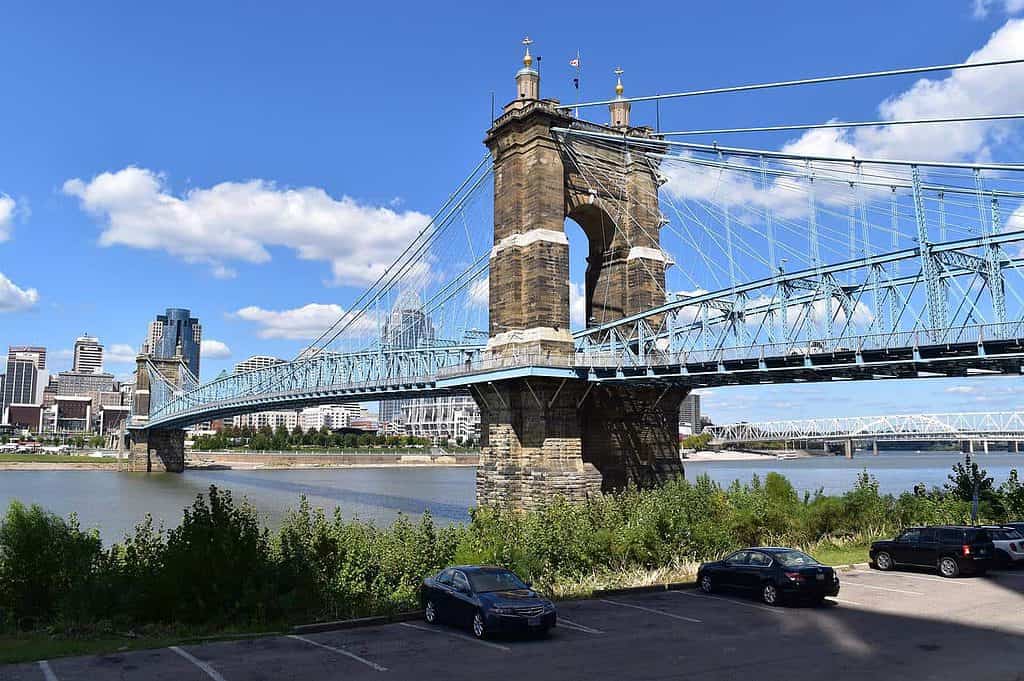
Louisville and Lexington - Time in Cities That Don't Shout
Louisville and Lexington handle time differently from the rest of the state.
Their size makes more possible, but the pace stays manageable.
In Louisville, the downtown waterfront park system runs 85 acres along the Ohio River, with paths that connect to Big Four Bridge and weekly events from spring to early fall.
The Louisville Slugger Museum still operates its bat factory on-site.
Visitors pass through the same rooms where workers lathe, brand, and box major league orders.
Since 1996, its location at 8th and Main has marked the city's manufacturing identity with a 120-foot bat sculpture at the entrance.
Lexington's Town Branch Trail, first opened in 2016, weaves together walking paths, stream restoration zones, and bourbon history displays.
It follows the old creek bed that early settlers used for mills and cattle drives.
The city's food co-op, nearby on Southland Drive, operates year-round and hosts monthly growers' markets from April to October.
Both cities are marked by art events. Louisville's St. James Court Art Show, which started in 1957, draws hundreds of artists each October.
Lexington's Woodland Art Fair, held in August, began in 1976 and has grown to over 200 exhibitors.
Food in both cities stays rooted in local production.
Dishes like spoonbread, beer cheese, and hot browns show up in diners and mid-range restaurants.
For people comparing city stops as part of the larger list of things to do in Kentucky, these places offer scale without loudness.
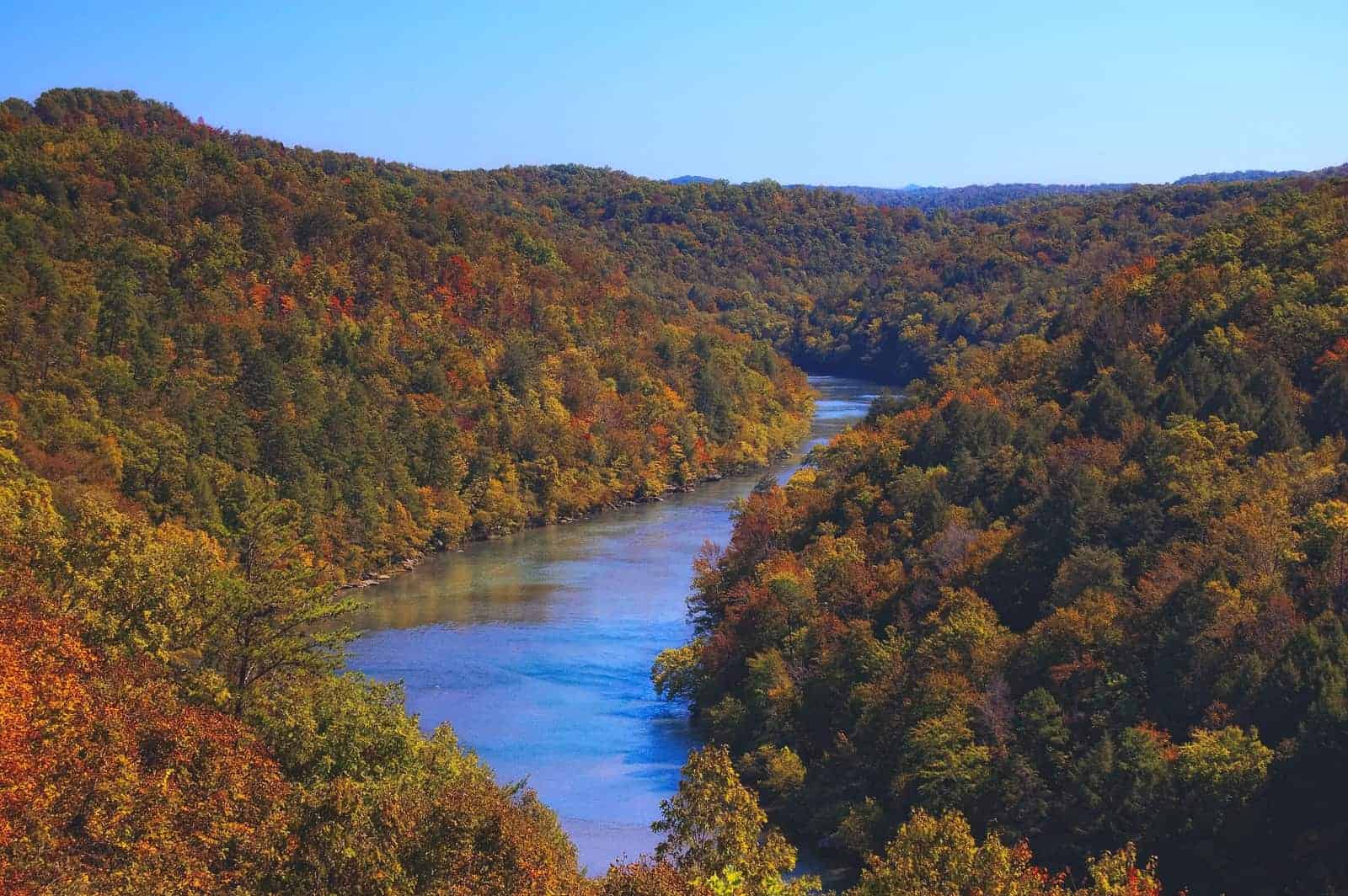
Kentucky Bourbon Trail - A Long Route with Short Stops
The Kentucky Bourbon Trail started officially in 1999 with eight distilleries.
That number has since grown to more than 40 across the state.
The route is stitched across central Kentucky, especially along corridors near Bardstown, Versailles, and Frankfort.
Maker's Mark in Loretto runs daily tours through its production facilities, where aging barrels sit in low, timber buildings without climate control.
Buffalo Trace, though not part of the official trail, predates Prohibition and sits in a still-active compound that dates to 1858.
Woodford Reserve, near Lexington, uses copper pot stills and stone warehouses built before the Civil War.
Tasting rooms follow strict rules. After a 2000 state law change, most are allowed to offer quarter-ounce pours under controlled conditions.
These aren't long visits. Each stop tends to last an hour or two at most. Still, they bring steady traffic.
In 2022, more than 2 million stops were logged across all trail locations.
Some towns - Lawrenceburg, Lebanon, Paris - stay busy with travelers tracing routes on their own schedules.
Most distilleries operate Thursday through Sunday, with slower periods from January to early March.
The list of things to do in Kentucky gets longer when these doors open again in the spring.
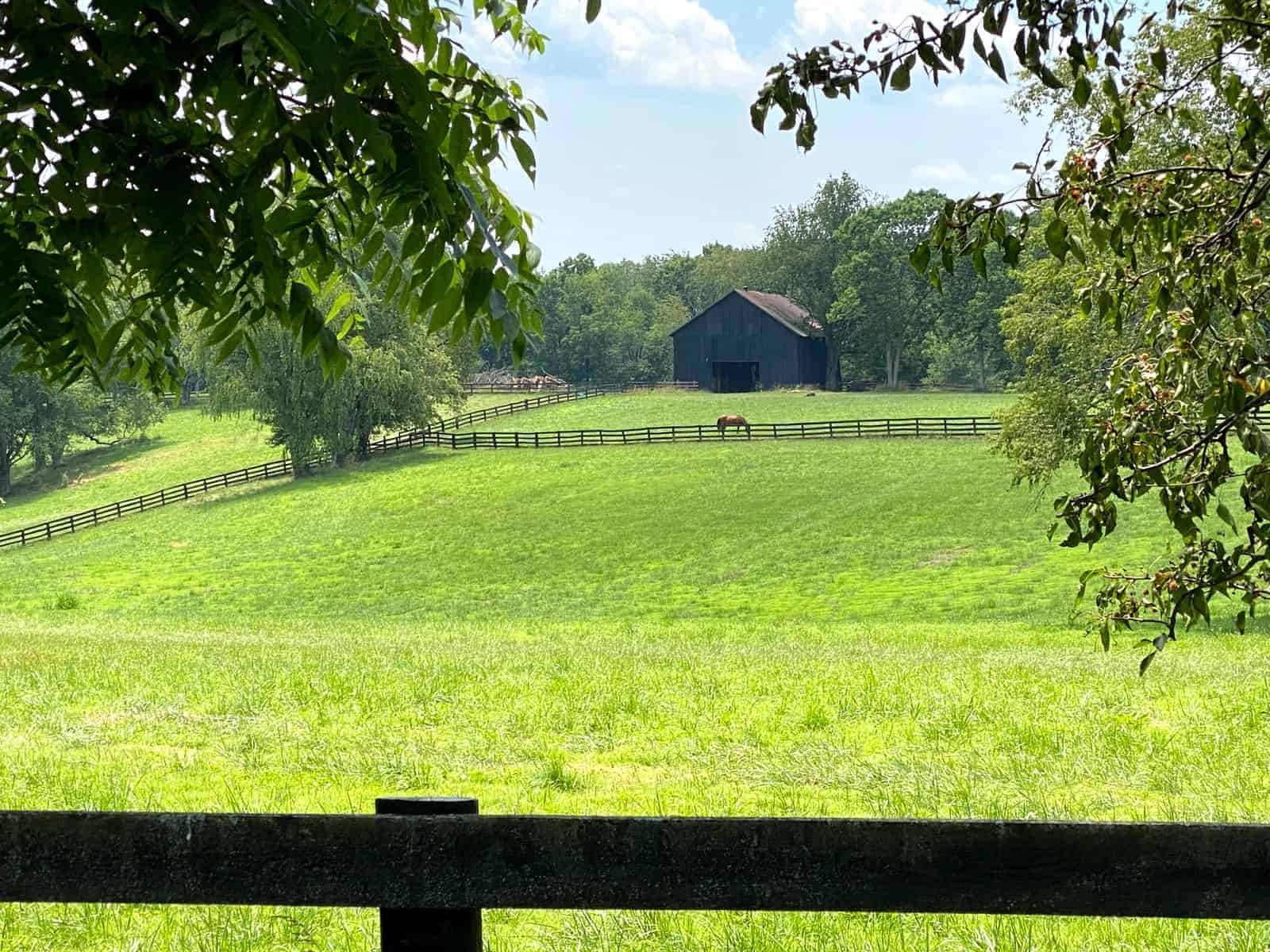
FAQ: What Folks Usually Ask About Kentucky
What's the number one place people visit in Kentucky?
That's got to be Mammoth Cave. It's not flashy, but once you're inside, it feels endless - because it kind of is. Over 400 miles have been mapped so far, and there's no telling how much more is out there. Some tours are light and smooth. Others? You'll need kneepads.
What makes people travel to Kentucky?
Bourbon. Horses. And space to breathe. Some show up for Derby week, others chase the Bourbon Trail. But plenty want a weekend by the lake or a fall hike through real woods. It's not all big events - it's the quiet in between that brings people back.
What's Kentucky really known for?
Hard to pick one thing. Bourbon is the headline, sure. The Derby runs deep, too. Then there's bluegrass music, cave tours, and small towns that still close early on Sundays. None of it's dressed up much - that's part of the draw.
Which town looks the best?
A lot of people say Bardstown. And they're not wrong - there are brick sidewalks, hanging signs, and buildings that haven't tried to modernize too much. The bourbon connection helps, but even without it, the place holds its shape.
What's the most scenic spot around?
Red River Gorge. No contest for a lot of folks. You've got cliffs, arches, creeks, and ridge trails that feel like they go forever. Fall's the peak time - colors hit hard, and the air smells like woodsmoke and wet leaves.
What food is Kentucky proud of?
The hot brown. It's messy, warm, and not something you'll find on a chain menu. Invented in Louisville back in the 1920s. Turkey, bacon, sauce, and toast all stacked and broiled. Also - beer cheese and spoonbread deserve more attention than they get.
What's something you only find in Kentucky?
Bourbon made by the book. The real kind. Most of it still comes from here - by law, by method, and by choice. And Mammoth Cave, too. Nowhere else has one like it. Add in the horses and the knobs and the flat stretches that catch light at the right hour... it adds up.
🧭 Kentucky Travel Planning Resources
🏞️ Official Tourism & State Resources
- Kentucky Department of Tourism - Your go-to for statewide trip ideas, events, and travel guides
🔗 https://www.kentuckytourism.com - Kentucky State Parks - Explore 45 parks offering hiking, camping, and historic sites
🔗 https://parks.ky.gov - Kentucky State Park Campgrounds - Reserve campsites, cabins, and lodges across the state
🔗 https://kentuckystateparks.reserveamerica.com
🥃 Bourbon & Horse Country
- Kentucky Bourbon Trail - Plan your distillery visits with interactive maps and tips
🔗 https://kybourbontrail.com - Kentucky Horse Park - Experience equine history and events at this working park
🔗 https://www.kyhorsepark.com
🌄 Natural Wonders
- Mammoth Cave National Park - Discover the world's longest known cave system
🔗 https://www.nps.gov/maca - Red River Gorge Geological Area - Plan hikes and climbing trips in this scenic spot
🔗 https://www.fs.usda.gov/recarea/dbnf/recarea/?recid=39458
🏙️ City Guides
- Louisville Tourism - Find events, attractions, and food in Kentucky's biggest city
🔗 https://www.gotolouisville.com - VisitLEX (Lexington Visitors Center) - Explore Lexington's horse farms, trails, and eats
🔗 https://www.visitlex.com
🍀

